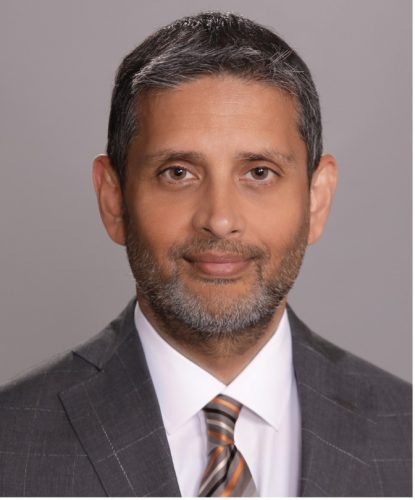Key Points
- The COMPLETE trial, published in 2019, demonstrated that in patients with ST-segment elevation myocardial infarction found to have multivessel disease, complete revascularization was superior to culprit-only revascularization in reducing the risk of cardiovascular death or subsequent myocardial infarction.
- In this secondary analysis of the COMPLETE trial, the authors sought to understand the effect of both treatment modalities (complete or culprit-only) on patients’ perceptions of angina-related quality of life.
- Seattle Angina Questionnaires were administered at baseline, 3 months, 6 months, and 3 years.
- There was no significant difference in angina-related quality of life for patients who underwent complete revascularization or culprit-only percutaneous coronary intervention. Both groups demonstrated significant improvement in Seattle Angina Questionnaire scores
Patients with multi-vessel coronary artery disease who present with STEMI were previously shown to have fewer cardiovascular death and myocardial infarction events after undergoing complete revascularization. The effects of this strategy on future angina and quality of life, however, was yet to be known. During a Featured Clinical Research session at the 71st annual American College of Cardiology Scientific Sessions, Dr. Shamir Mehta (McMaster University, Hamilton, Canada) presented the investigators’ secondary analysis of the COMPLETE trial.
The results of the COMPLETE trial, in which over 4000 patients with STEMI and multivessel disease were randomized to complete revascularization or culprit-only revascularization, have been widely discussed. What is less known, however, is COMPLETE was the first clinical trial to assess the effect of percutaneous coronary intervention on patient-reported angina-related quality of life. The Seattle Angina (SAQ) was administered at baseline, 6 months, and 3 years in almost all enrolled patients. The SAQ is scored from 0-100 with higher scores signifying more improvement in angina.
At 3 years, all SAQ sub-scales (angina frequency, physical limitation, treatment satisfaction, quality of life score, and summary score) demonstrated higher scores for complete revascularization. The trend continued to three years, at which time all scores were once again higher in the complete revascularization group. At the end of the study, residual angina was noted in 15.7% in the culprit group versus 12.5% in the complete group for an absolute difference of 3.21% (p=0.013). In assessing various sub-groups, the authors found that when the non-culprit lesion was >80% by visual estimation of >60% by angiographic core lab analysis, there was a 4.5% absolute reduction in residual angina, with an interaction p value of 0.017. Finally, angina burden in the complete group was sustained from the time of randomization to 3-year follow up.

Dr. Mehta addressed the limitations of this study, notably that SAQ was assessed only at three different time periods, and that 13% of the culprit-only group received PCI at a future time due to an angina event. To address this the authors assessed total angina burden, including both the SAQ and any angina-related event during the time course of the study.
After the presentation, Dr. Timothy Henry (President of Society of Cardiovascular Angiography and Interventions), stated “the fact that there were more angina-related events in the culprit-only group begs the question of whether more patients should have crossed over to the complete arm of the study to improve their outcomes”. Dr. Mehta responded by stating the primary objective of the initial study was to assess hard outcomes, at a time when nobody had proven PCI to reduce future cardiovascular death events.


